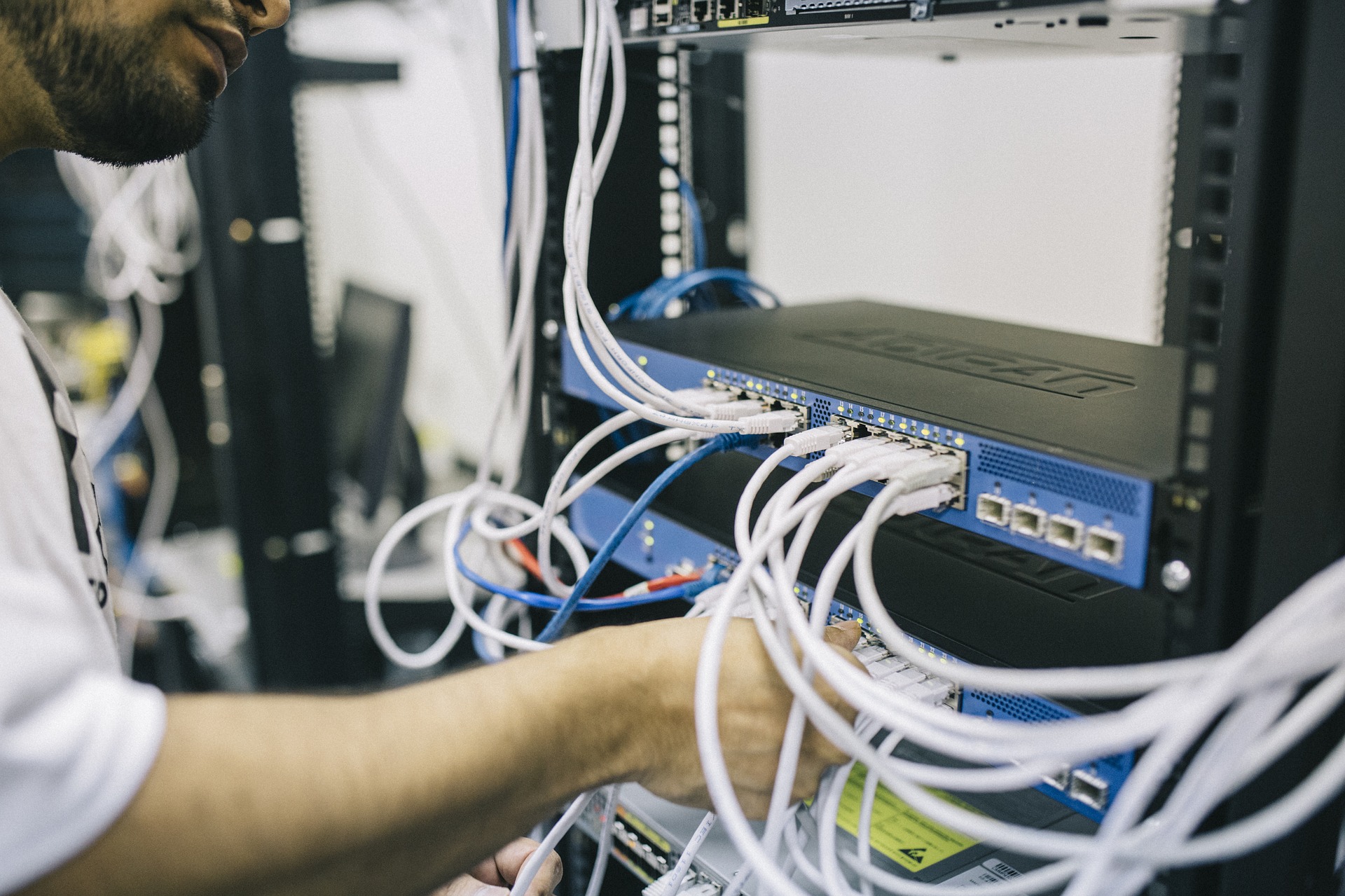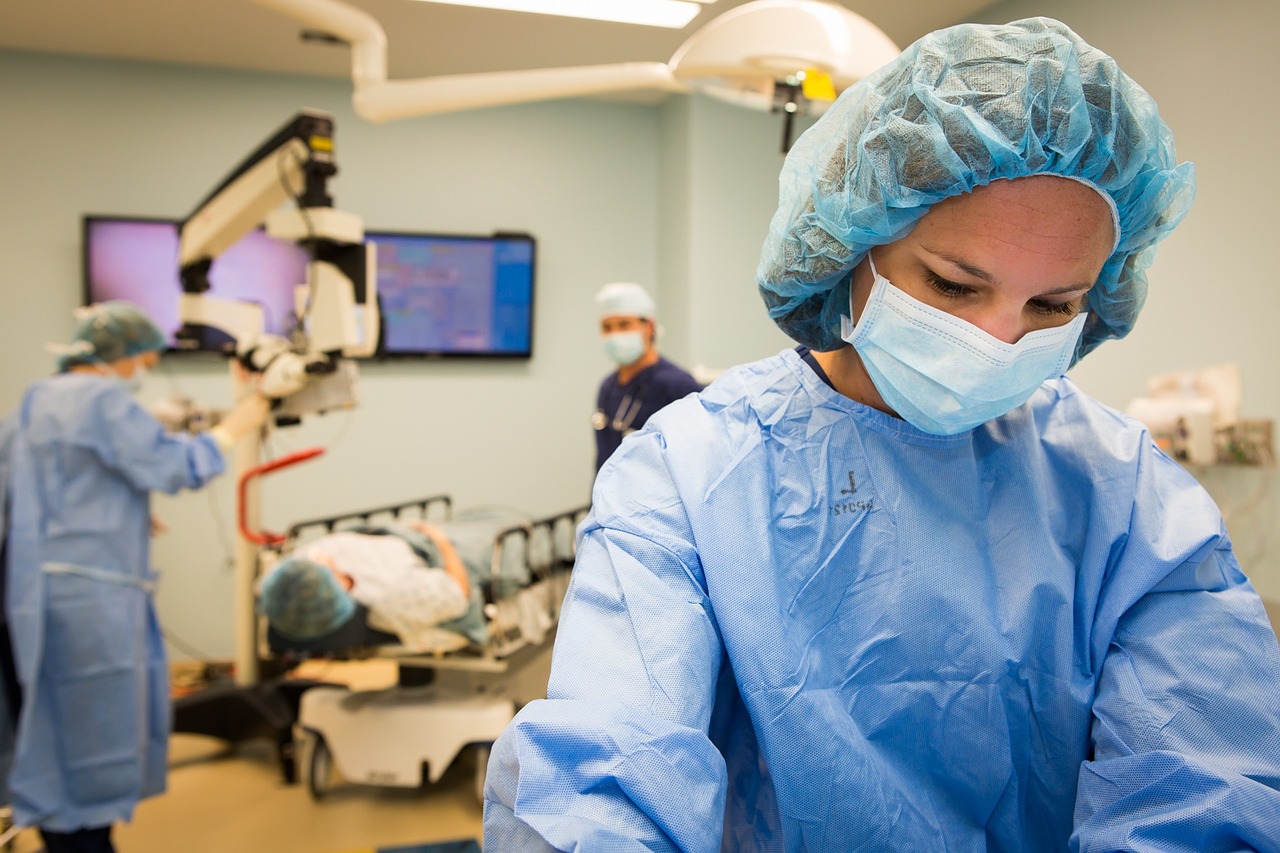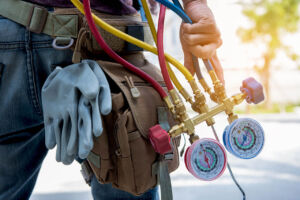The demand for medical assistants is projected to grow 16% by 2031. This means the medical field needs more medical assistants and this is a prime time start working as a medical assistant. You can play a vital role in supporting healthcare professionals and delivering quality patient care. If you’re ready to do work you can be proud of, a medical assisting training program will help you get started.
What Do You Learn in a Medical Assistant Training Program?
Medical assisting programs prepare you for entry-level jobs managing clinical and administrative duties in healthcare offices. The career-focused curriculum is a fusion of classroom learning and the practical experience you need to be successful in the field. You don’t need a background in healthcare to apply, you’ll be trained from the bottom up, graduating work-ready with a diploma in months, not years. Programs teach you how to:
Take Medical Histories
Medical assistants are trained to gather important information about a patient’s medical background and current health concerns. Skills you’ll learn include:
Medical terminology — how to decipher complex medical terms by breaking them down into parts. patient’s allergy, medication, and surgical history.
Interviewing techniques — how to encourage dialogue by asking patients open-ended questions about their medical history and present concerns.
Cultural sensitivity — ways to create a safe and comfortable environment for patients with different beliefs, values, and health practices.
Documentation — how to accurately note and organize the information obtained during a health history interview.
Red flag assessment — recognizing and reporting imminent health risks that require immediate attention from a healthcare provider.
Prepare Patients for Examinations
Medical assistants prepare patients for exams, ensuring their comfort and safety. Topics in this course include:
Room preparation — how to prepare an examination room before the provider arrives, ensuring that it’s clean, organized, and well-stocked with necessary supplies and exam-specific equipment.
Vital signs — how to measure height, weight, temperature, blood pressure, pulse, and respiratory rate before the exam.
Equipment preparation — setting up the tools, equipment and supplies required for various exams.
Patient support — providing the reassurance and emotional support patients need during the examination process.
Client education — how to educate patients about an upcoming exam or procedure by explaining preparations, such as fasting or medication restrictions.
Assist Providers During Physical Exams
Medical assistants give providers the hands-on help they need during examinations and procedures. Training programs explore:
Patient positioning and draping — how to position and drape patients properly for different types of examinations while safeguarding their privacy and dignity.
Passing instruments — instrument handling techniques and how to anticipate a provider’s needs during exams.
Infection control — the protocols used to prevent the spread of infection during procedures, including aseptic technique.
Emergency response — how to respond to medical emergencies during exams, including basic life support measures, such as first aid and cardiopulmonary resuscitation (CPR) and first aid.
Documentation — how to record the doctor’s observations and the patient’s response to treatment.
Collect and Prepare Laboratory Specimens
Medical assistants are trained to collect and prepare laboratory specimens to ensure the cleanliness and accuracy of samples. Concepts in this course include:
Specimen collection — various methods for collecting urine, saliva, sputum, or tissue samples.
Sample labeling — how to accurately identify patients and label specimen containers with the appropriate patient information, including name, date of birth and unique identifiers.
Laboratory safety — the use of infection control measures and standard precautions to minimize the risk of harm to staff. Topics include hand washing, personal protective equipment (PPE) and biohazard material disposal.
Specimen processing and shipment — how to prepare liquid samples and slides for preservation and shipping, including proper storage measures, such as temperature control.
Test ordering and requisitions — preparing requisition forms for requested tests.
Quality assurance — ways to protect the integrity of samples from cross-contamination or mishandling.
Patient communication — how to communicate with patients regarding specimen collection, including preparation and procedural requirements.
Regulatory compliance — local, state, and federal regulations to observe during the sample collection process including patient privacy guidelines and safe shipment practices.
Draw Blood
Phlebotomy is part of a medical assistant’s training program. It’s a valuable skill. The curriculum covers:
Anatomy and physiology — you’ll learn about the circulatory system, including the location, structure and function of the veins and capillaries used to draw blood.
Equipment selection — choosing the right needles, syringes, vacuum tubes, and safety devices based on the patient’s needs, the tests ordered, and the volume of blood required.
Venipuncture techniques — how to access a vein to collect blood samples. You’ll practice proper needle insertion and the use of vacuum-assisted blood collection tubes.
Infection control — preventing the spread of bloodborne diseases through universal precautions.
Complications and troubleshooting — how to manage the potential complications during venipuncture, such as vein collapse, vasovagal responses, and the formation of hematomas.
Specimen handling — how to handle and process blood samples to prevent hemolysis, the destruction of blood cells.
Patient comfort — how to minimize the patient’s discomfort through reassurance and education.
Performing Electrocardiograms
Medical assistants perform electrocardiograms, tracings of the electrical activity in the heart. Seasoned instructors will walk you through the process from start to finish. You’ll learn about:
Cardiovascular anatomy — the structure and function of the heart muscle, including the chambers, valves, and electrical pathways.
ECG theory — the different types of ECGs and how they help doctors diagnose heart disorders.
ECG equipment — you’ll be familiarized with the ECG machine and its components, learning how to calibrate it and troubleshoot technical issues.
Skin preparation — how to prepare a patient’s skin so that the electrode pads adhere properly.
Safety considerations — the many precautions related to ECGs, including infection control measures and electrical safety.
Lead placement — the correct placement of leads on the patient’s chest and limbs to ensure accurate capture of the ECG waveform.
Testing techniques — how to position and prepare patients for testing, including measures to prevent artifacts.
ECG interpretation — normal and abnormal findings, identifying medical emergencies, and troubleshooting common ECG artifacts that affect the accuracy of the readings.
How Long Is a Medical Assistant Training Program?
Unlike healthcare careers that take years in college to train for, a medical assistant training program takes just 45 weeks to complete, attending full-time. It’s a quick way to enter the medical field without years of schooling.
Final Thoughts
If you’re not satisfied with your current job and want to make a change, your future in healthcare is waiting. With the right training program, a rewarding new career is only nine months away.
Want to Learn More?
The Medical Assistant Training Program at CyberTex Institute of Technology takes great care of you by providing hands-on training, practical experience and the support it takes to get started in a medical assisting career without spending years in school. You will learn the basics of both clinical and administrative skills, and prepare to work in physician’s offices, hospitals, and other medical facilities.
Contact us today to learn more about our Austin and Killeen campuses.





